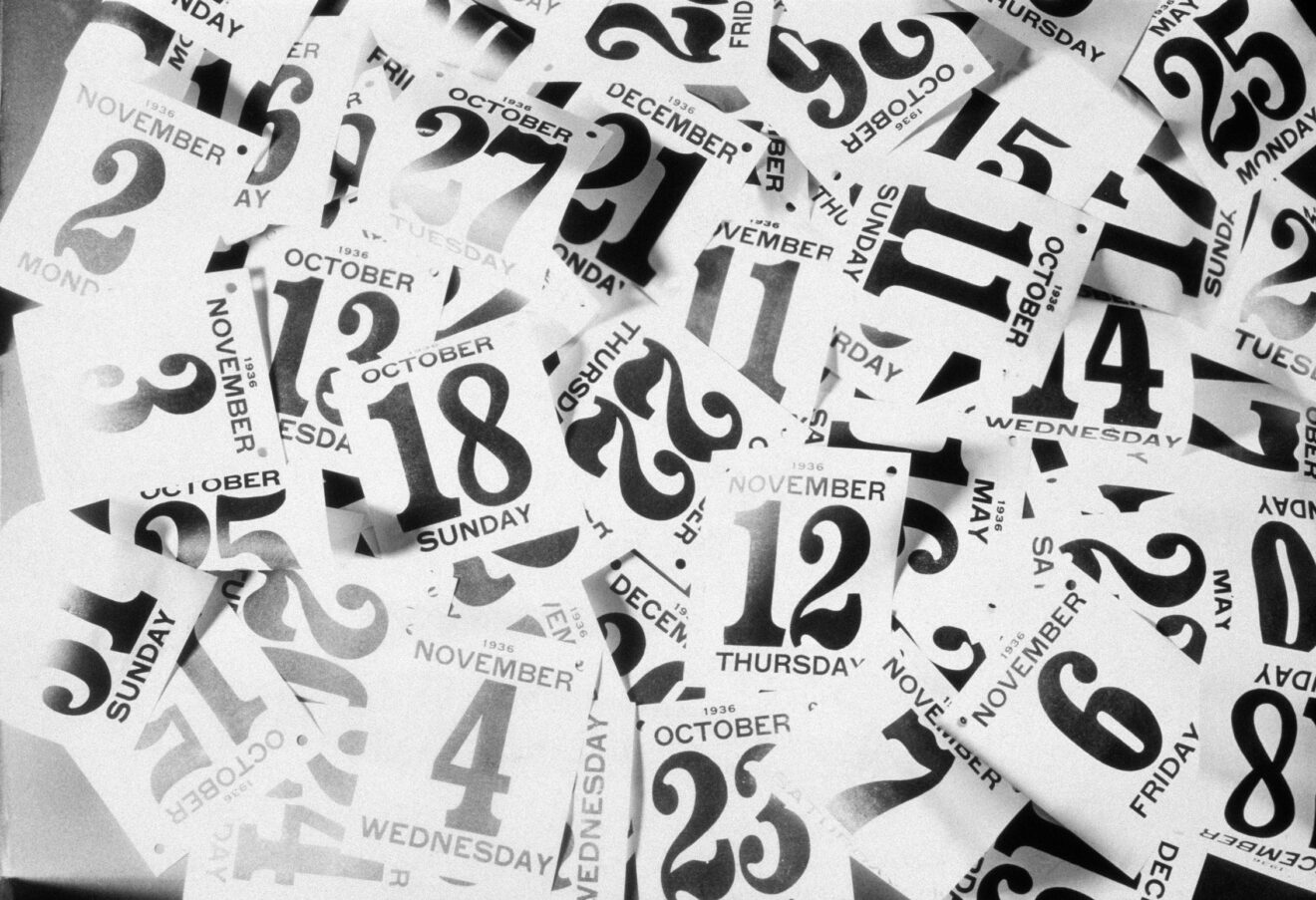As an executive coach, one of the more common themes I hear from leaders — particularly new managers — is their struggle to find more time. Back-to-back meetings make it impossible to get things done or allow for strategic-thinking time. With that in mind, here are three ideas to create space for uninterrupted time.

Go on a diet
With this approach, your goal is to lighten — or trim — your meeting load.
Start with a look back at the last two weeks. Which meetings were a waste of time? Which ones lacked purpose? Are there ones that could be replaced with asynchronized communication? For example email, audio message or online channels like Slack or Teams.
Then take a look forward at next week. Any meetings you can eliminate? Are there ones that could be shortened — e.g., from 60 minutes to 30 or, even better, 25 minutes? What about cadence? Can a weekly meeting become bi-weekly or monthly?
Serve yourself first
With this approach, the goal is to create space for at least two hours of uninterrupted time each week (or better yet, twice a week). It’s sacred time. And, the good news is that you get to decide how to use it. Catch up on email. Use the time for creative or strategic thinking. Focus on project work. Or, connect with others outside of your organization.
Take a look at your typical week. Is there a day that’s less congested than others where you can easily block two hours? Would this day/time work with your natural rhythm? If you’re an early bird and are looking for time to do deep work, two hours in the late afternoon may not make sense. On the flip side, if you intend to use your uninterrupted time to catch up on emails, then afternoon might work just fine. The key is to align your uninterrupted time with the type of work you intend to do.
If your calendar doesn’t have a low-hanging opportunity, then it’s time to move things around to create space. Decide on your ideal day and time. Then start rescheduling or, if possible, opting out of meetings during that time. Your mission is to find time that works, block it and hold it sacred. Make it something you look forward to.
Hit refresh with a total re-start
The zero-based calendar is a concept that Laura Mae Martin, executive productivity advisor at Google, talks about. Similar to zero-based budgeting where you develop a new budget from scratch (vs. building from a prior budget), the goal of this approach is to start with a blank slate and create your ideal schedule. (Well, as much as you can.)
She suggests that you start with a blank week then add only those things that you cannot or would rather not change (e.g., a team meeting). Then using some of the ideas above, what meetings can be eliminated or reduced? You may be surprised by how many meetings you are in that no longer serve their initial purpose – they’re simply occurring out of habit rather than utility.
With a blank slate you can also look for ways to make your week more efficient by stacking meetings in a different way. For example, scheduling all your one-to-one meetings on the same day. When you’re starting from a clean slate, you’re simultaneously evaluating what’s worth your time and creating a more intentional calendar.
We all know that meetings play an important part in the workplace. They help us collaborate, be creative and foster relationships. But they also come at the expense of what we’re all craving: uninterrupted time to think.
What would you do if you had one extra hour each day (or week)? How will you make more time for deep work — or just to get the mundane things done? How will you refresh your calendar this season?
Elisabeth Owen Hayes is an executive coach who works with ambitious mid-career professionals and senior executives to expand their leadership skills, transition into next-level roles and navigate career moves. Find her on LinkedIn.
Opinions expressed by SmartBrief contributors are their own.
_______________________________
Subscribe to SmartBrief’s FREE email newsletter on leadership. It’s among SmartBrief’s more than 250 industry-focused newsletters.
